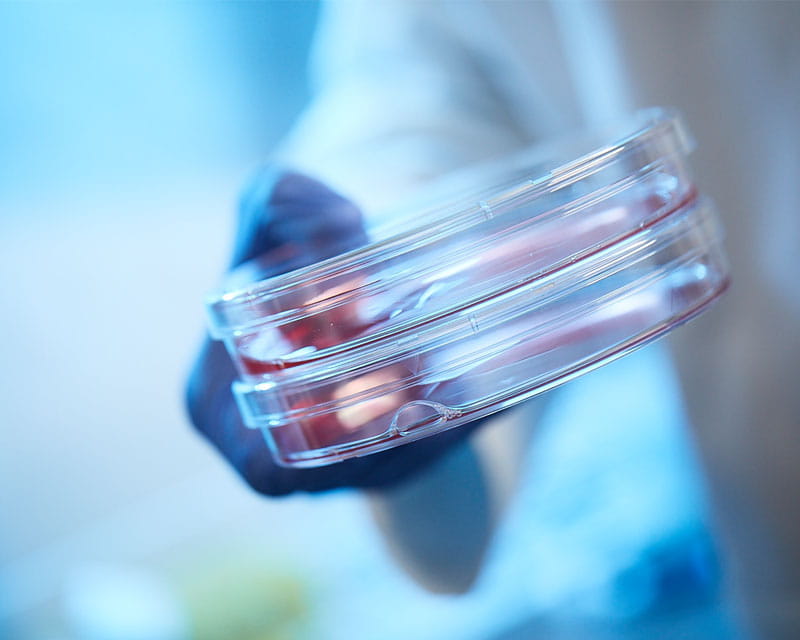
First drugs ever approved for lupus nephritis
 The Ohio State University is among an elite group of medical centers in the United States taking part in the 10-year Kidney Precision Medicine Project (KPMP).
The Ohio State University is among an elite group of medical centers in the United States taking part in the 10-year Kidney Precision Medicine Project (KPMP).
Launched by the National Institute of Diabetes and Digestive and Kidney Diseases in 2017, the KPMP is a multisite collaboration composed of patients, clinicians and investigators. Together, participants aim to redefine chronic kidney disease and acute kidney injury in molecular terms, and identify novel targeted therapies.
Kidney disease represents a significant health burden, in part because there are few treatments to slow or prevent disease progression and kidney failure.
“People with kidney dysfunction are usually characterized as having acute kidney injury or chronic kidney disease, but these terms are too broad,” says Samir Parikh, MD, associate professor in Ohio State’s Division of Nephrology.
Dr. Parikh, one of the co-investigators working with site leader and nephrologist Brad Rovin, MD, a professor at the College of Medicine, says research suggests there are subcategories of these conditions triggered by different disease pathways.
“As an example, we know not all diabetic kidney disease is the same,” he explains. “But because scientists have had limited access to human kidney tissue, we’ve been unable to identify the pathophysiology of these diseases.”
The KPMP intends to transform how kidney disease is diagnosed and treated by:
To accomplish these goals, KPMP participants are divided into three separate but interactive groups:
Ohio State and Indiana University are two of the 12 tissue interrogation sites. They’ve teamed up to perform proteomics, large-scale 3D tissue imaging and transcriptomics.
“Our team at Ohio State is responsible for the tissue proteomics, or studying the proteins present in each tissue sample to identify which ones drive disease,” Dr. Parikh, an associate professor – clinical at the College of Medicine, says. “Understanding how these proteins are activated in the kidney tissue is critical because those will ultimately be our markers. Not every strand of RNA turns into a protein, but those that do are the ones that have functional significance.”
Each tissue interrogation site will perform unique analyses, ranging from RNA analysis to metabolomics. Once combined, their collective data and images will serve as the building blocks for the kidney tissue atlas.
When the KPMP first launched, Dr. Parikh and his colleagues also helped identify the standardized safety metrics needed for the six recruitment sites to perform kidney biopsies.
“Experts in the field have long debated whether the risks associated with kidney biopsies outweigh the benefits,” he says. “The metrics that need to be captured and followed when clinicians perform biopsies had to be in place before this specific study launched. But those efforts may eventually lead to a new standard of care that all physicians can use when considering kidney biopsies for their patients.”
Even though the KPMP is just entering its third year, Dr. Parikh is excited about its potential to change and save lives.
“There is a huge unmet need in kidney disease management, and until now, there hasn’t been much meaningful movement toward understanding these conditions at a molecular level,” he explains. “If we can define disease heterogeneity and verify the precise pathways that lead to specific drug targets, we could individualize and revolutionize care for people with all types of kidney disease.”